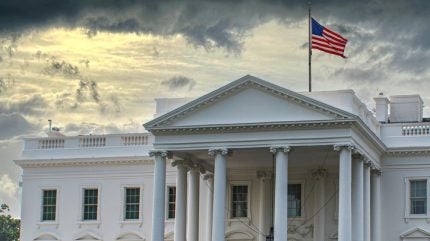
The US Food and Drug Administration’s (FDA) has stripped its operations down following the government shutdown on 1 October.
This comes amid the healthcare spending stalemate, which saw Republicans and Democrats clash over the removal of tax credits and Medicaid cuts proposed in the H.R. 5371 bill.

Discover B2B Marketing That Performs
Combine business intelligence and editorial excellence to reach engaged professionals across 36 leading media platforms.
Until the two parties reach a deal, which may take over a month to reach, according to Senator Richard Burr, a wide range of government agencies will go into temporary shutdown, including the FDA.
Because of this operational pause, the agency will no longer be able to accept any new drug applications (NDAs) or biologics licence applications (BLAs) that require a fee. This means that biotech and pharma companies looking to file for drug approvals will have to wait until a resolution has been achieved.
Though some work will continue using leftover fees previously collected from applicants, the FDA is not legally allowed to accept new fees until the government comes to an agreement. This could come in the form of the signing of a FY2026 appropriation or a continuing resolution for the agency.
While the agency is one of the least impacted government agencies in terms of furloughs, FDA Commissioner Marty Makary noted that “many employees” will face this fate during the lapse period in a letter to staff.

US Tariffs are shifting - will you react or anticipate?
Don’t let policy changes catch you off guard. Stay proactive with real-time data and expert analysis.
By GlobalDataA contingency plan put out by the US Department of Health and Human Services (HHS) suggests that while 86% of the 13,872 FDA employees will remain in their roles, approximately 1,942 jobs are at risk within the agency due to this temporary closure.
Of the 86% remaining during the shutdown, 66% are exempt from job cuts due to their access to carryover user fee funding, while 19% are excepted due to their work on “imminent threats to the safety of human life”.
However, the Centers for Disease Control (CDC) and the National Institutes for Health (NIH) have been hit a lot harder by the government shutdown, with each department losing 64% and 75% of their workforce, respectively.
Meanwhile, over in Washington, there is currently no end in sight for the war between Democrats and Republicans, as the Trump administration has frozen $26bn worth of funding for Democratic states to curb the party’s influence, as reported in the Guardian.





